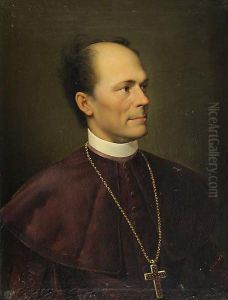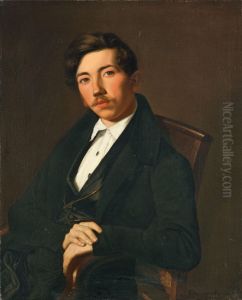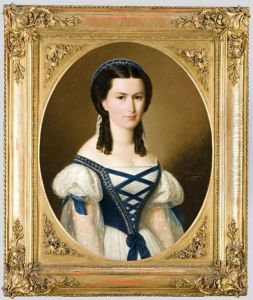Augusto, Elek Alexis Canzi Paintings
Augusto Elek Alexis Canzi, often referred to simply as Elek Canzi, was a notable figure in the world of 19th-century art, born in 1844 in Hungary. His life spanned a period of significant artistic evolution in Europe, a time when the traditional approaches of the past were being challenged by new, avant-garde movements. Despite his relatively short life, ending in 1891, Canzi made a considerable impact through his work, which remains appreciated for its contribution to the period's artistic transitions.
Canzi's early life was marked by a rigorous education in the arts, where he was exposed to the classical traditions of painting as well as the emerging stylistic shifts that characterized the 19th-century European art scene. His work, primarily focused on painting, exhibited a keen attention to detail and a profound understanding of color and form, which he skillfully blended with the influences of the Romantic and later, the Realist movements that swept through Europe during his lifetime.
Throughout his career, Canzi traveled extensively across Europe, absorbing the diverse artistic cultures of countries like Italy and France, which were at the forefront of the artistic innovations of the time. This exposure is evident in the evolution of his style, which gradually incorporated elements of the changing artistic preferences and techniques. Despite his Hungarian origins, Canzi's work achieved recognition beyond his homeland, particularly in Italy and France, where he participated in several important exhibitions, showcasing his ability to adapt and evolve with the artistic currents of his time.
Canzi's contributions to art were not limited to his paintings; he was also involved in the artistic community as a mentor and influencer, sharing his knowledge and insights with younger artists of his era. His death in 1891 marked the loss of a dynamic and evolving artist who had managed to capture the essence of a transformative period in European art. Today, Elek Canzi is remembered for his artistic versatility and the subtle integration of multiple European artistic traditions into his work, making him a significant figure in the study of 19th-century European art.





